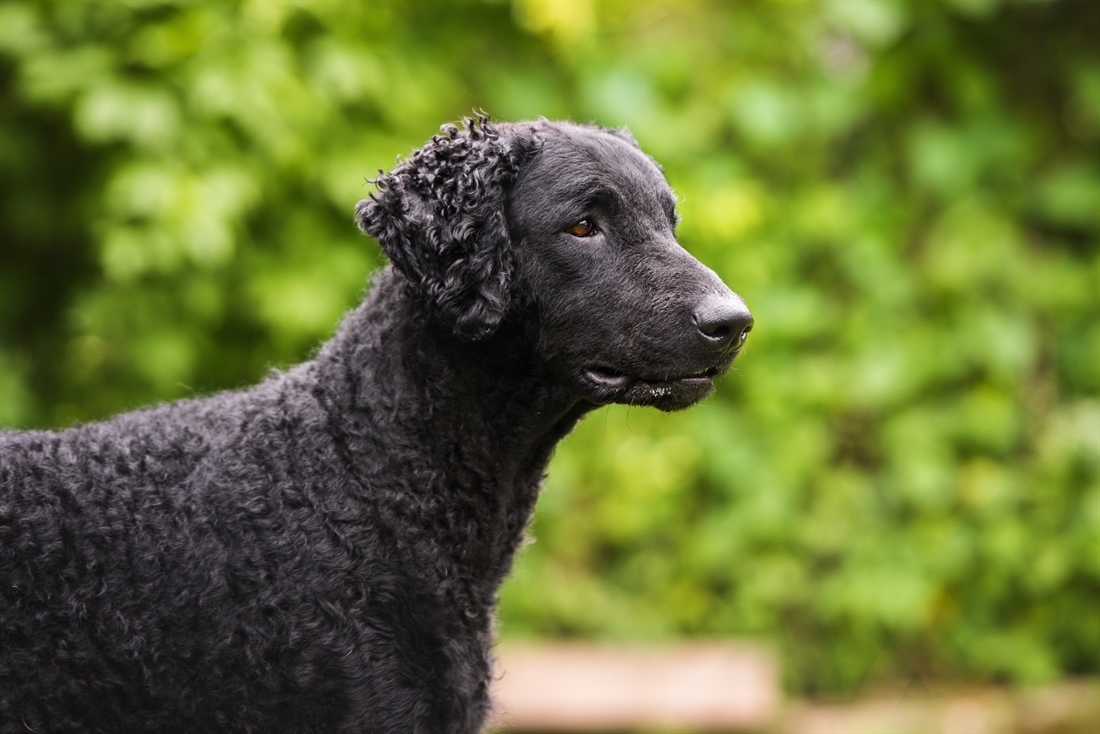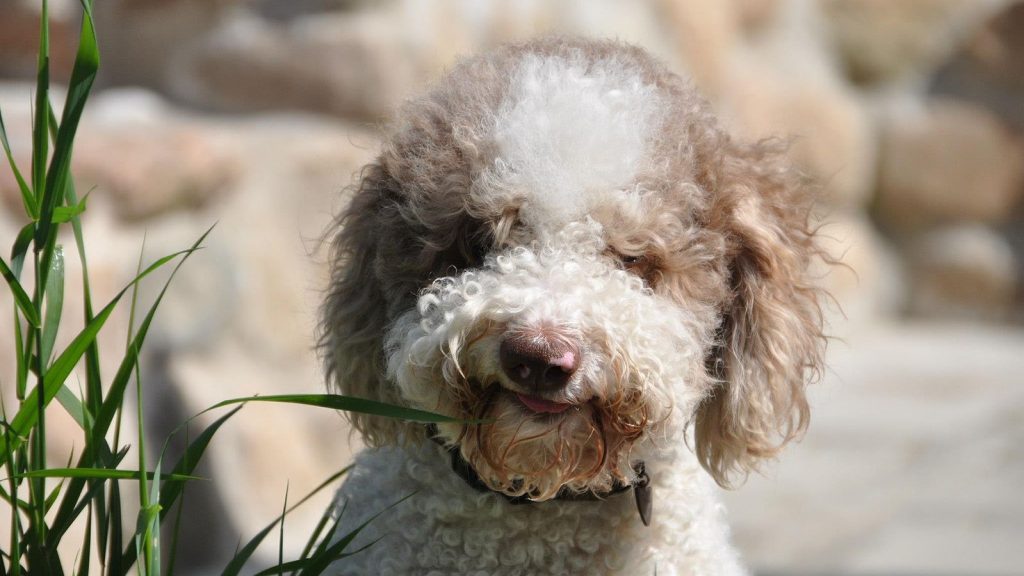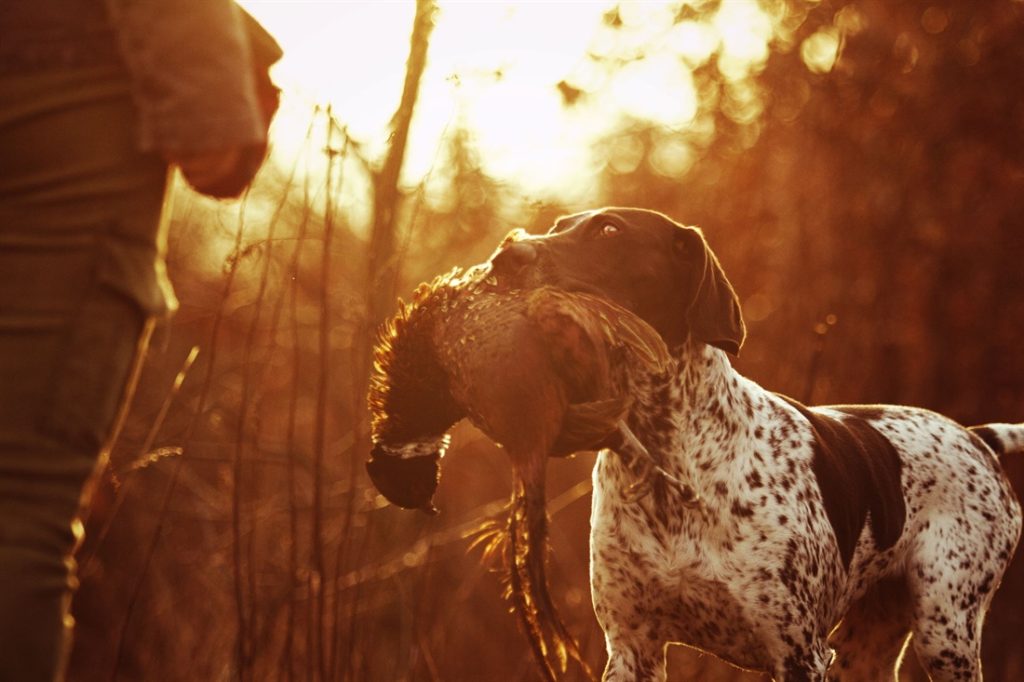Curly Coated Retriever

The Curly Coated Retriever was a favourite of English gamekeepers in the 1800s, when it was often used to retrieve wounded and dead game on land and in water. Prized for its field abilities, courage and determination, this breed suffered a decline with the rise of labradors. However, today, it’s a popular working dog and is still highly favoured for its retrieving abilities.
Curly Coated Retriever Key Characteristics
The Curly Coated Retriever is the tallest of all the retriever breeds; it is strong, upstanding, and elegant, with a wedge-shaped head, small ears, deep chest, slightly tucked-up abdomen, and distinctive coat of tight curls in black or liver.
These dogs are intelligent, active, and bold, with a streak of independence, and they require short, varied training sessions. Protective and loyal to its owners, this breed is more aloof with strangers than the Labrador or Golden Retriever, and requires early socialisation. However, the curly haired retriever is considered good with children, although it can be slow to mature and somewhat boisterous when young.
The curly retriever can also be used in the picking up or beating line at driven shoots and is an excellent wildfowler. Many compete in other canine activities, and the breed is used by Guide Dogs for the Blind, making it a versatile working dog.
Owning A Curly Coated Retriever: Pros And Cons
Pros Of Owning This Retriever
- A strong, robust gundog
- Highly intelligent
- Naturally playful nature
- Usually good with other animals
- Average lifespan typically falls between 9 and 14 years
Cons Of Owning This Retriever
- Needs a lot of daily exercise, so an active, athletic owner is preferred
- Can be quite rowdy and prone to jumping when young
- Can be cautious and timid with strangers, so needs socialising from an early age
- Can be prone to some health problems, including cancer (lymphoma is the most common form for this breed), bloat, gastric torsion, and seizures
Grooming Advice
The curly nature of this dog’s coat means it can require a lot of brushing to prevent tangling and matting. When it’s time to brush your retriever’s coat, use a metal comb or small brush, and bathe your dog immediately afterwards to help their curls maintain their shape.
It’s also important to trim the fur behind your dog’s ears and around their claws regularly to prevent tangling and matting. When it comes to looking after their claws, make sure these are trimmed regularly, as they can grow very fast in this breed.
Find out more about looking after the different types of working retrievers in our gundog breed hub.
Related Articles
Get the latest news delivered direct to your door
Subscribe to Gundog Journal
Unlock the full potential of your working dog with a subscription to Gundog Journal, the UK’s only dedicated magazine for gundog enthusiasts. Published bi-monthly, this authoritative resource delivers expert training advice, in-depth interviews with top trainers and veterinary guidance to help you nurture a stronger bond with your dog.
With stunning photography and thought-provoking content, Gundog Journal is your essential guide to understanding, training and celebrating your working dog.
Save 10% on shop price when you subscribe, with a choice of packages that work for you. Choose from Print & Digital or Digital only with each journal delivered directly to your door or via the app every other month, plus access to past issues with the digital back issue library.







